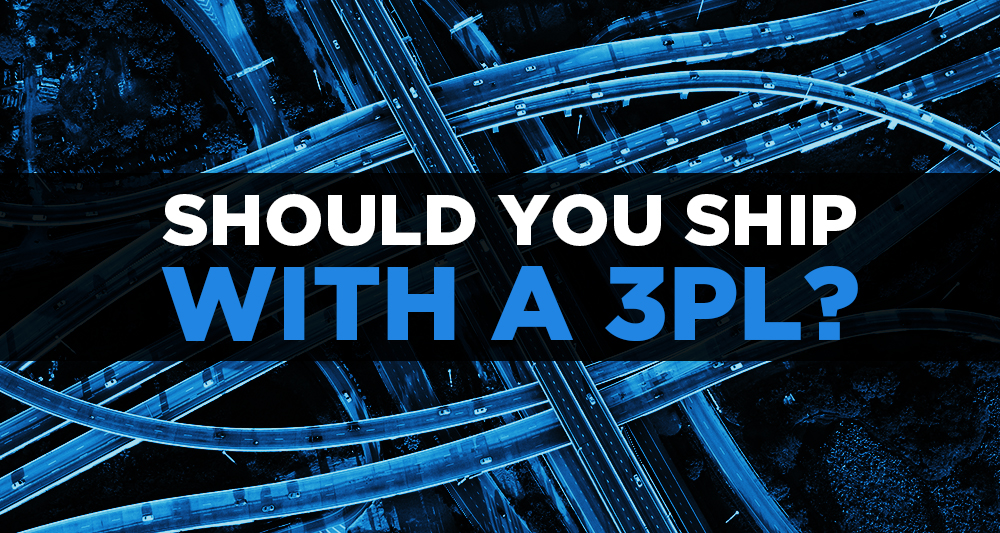In today’s competitive business climate, shippers are continually examining their businesses and looking for ways to become more efficient and save money. One question a shipper should ask themselves as they fine-tune their business is, “Should I ship with a 3PL or an asset-based carrier?”
In order for you to understand which solution suits your unique business needs best, let’s look at some of the pros and cons of each:
What’s the Difference Between 3PL and Asset-Based Shipping?
An asset-based carrier owns part of the supply chain. For example, they have the trucks, drivers, and they may have warehouses and other add-on’s that they control and offer as part of the solution. 3PL’s have no equipment, and they rely upon their extensive networks, expertise and carrier agnostic approach to meet their customers needs.
Is Capacity More Available with a 3PL?
For an asset-based carrier, capacity is finite. When they run out of room, they’re out. When their truck breaks down, or a driver calls in sick, that can present problems as well. A 3PL’s capacity is as expansive as their network. This allows them to be nimbler in handling issues of missed loads due to unforeseen challenges. Some companies purchase dedicated capacity from an asset provider, and some companies like to rely on a good 3PL company to provide their shipping; especially dry and temperature-controlled customers who are typically not as high of priority to most asset-based providers.
How Flexible is a 3PL?
As mentioned above, asset-based carriers often have limited equipment availability. Also, their operations tend to be built around their strengths and current customer base. 3PL’s on the other hand do not have equipment obligations, nor are they forced to comply to a certain operational structure. 3PL’s are transportation market buying experts. This allows them to make customized improvements and adjustments for their customer base on the fly.
Can 3PLs Reduce Shipping Costs?
Let’s face it, all businesses are focused on trying to reduce costs. In the battle for price, asset-based carriers set their pricing and build in additional discounts by bundling services. Services such as transportation and warehousing are examples. Often, a customer can realize a cost reduction. On the other hand, if the customer can’t take advantage of each service they may not see a savings. A 3PL’s approach to reduce costs consists of shopping around for services within a large carrier network and securing the lowest rate available for their customers. Speed to value in your supply change is their calling card.
2020 has revealed many of the vulnerabilities that exist in our supply chain. We’ve faced the toughest test since perhaps the great recession or even World War II. As you chart your course for 2021, keep some of these tips in mind. Whether you decide to go with an asset-based carrier, 3PL or some combination of the two, be sure to choose the solution that best suits your needs. Your provider should offer expert solutions, have first-class and reliable customer service and offer you long term support and scalability.
###
The England Logistics Temp-Controlled LTL division offers a range of services to best fit your needs. Our tailored loads and 24/7 customer service will guarantee your refrigerated shipment will arrive in an efficient and timely manner. By offering reliable support, coast-to-coast services and competitive rates, the England Logistics team is prepared to get your loads where they need to go.



